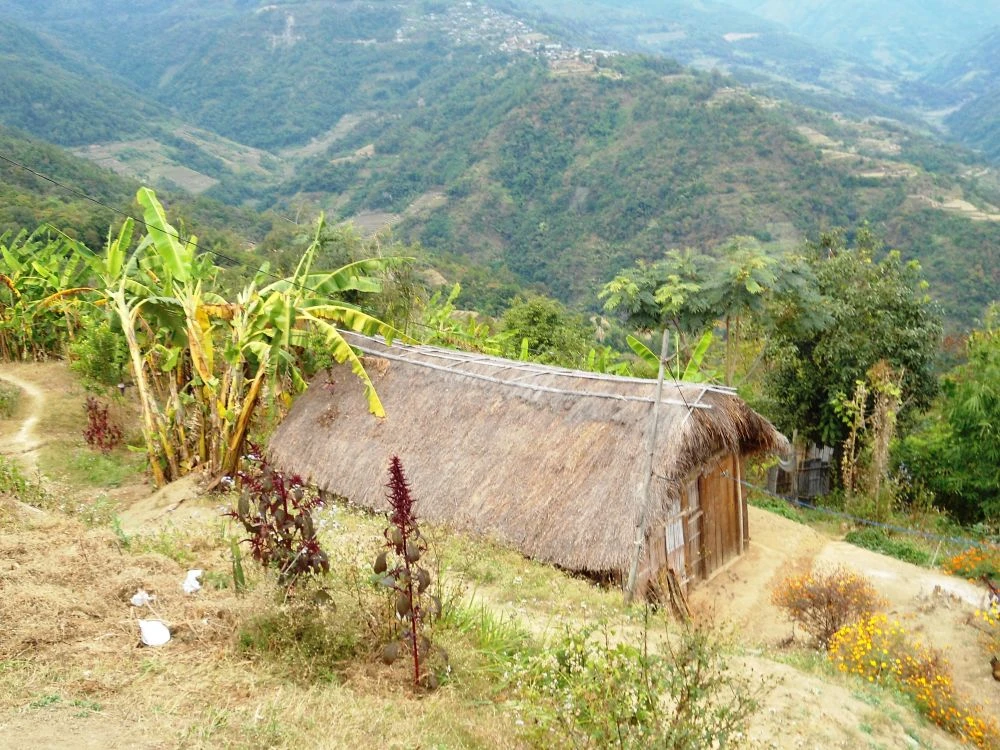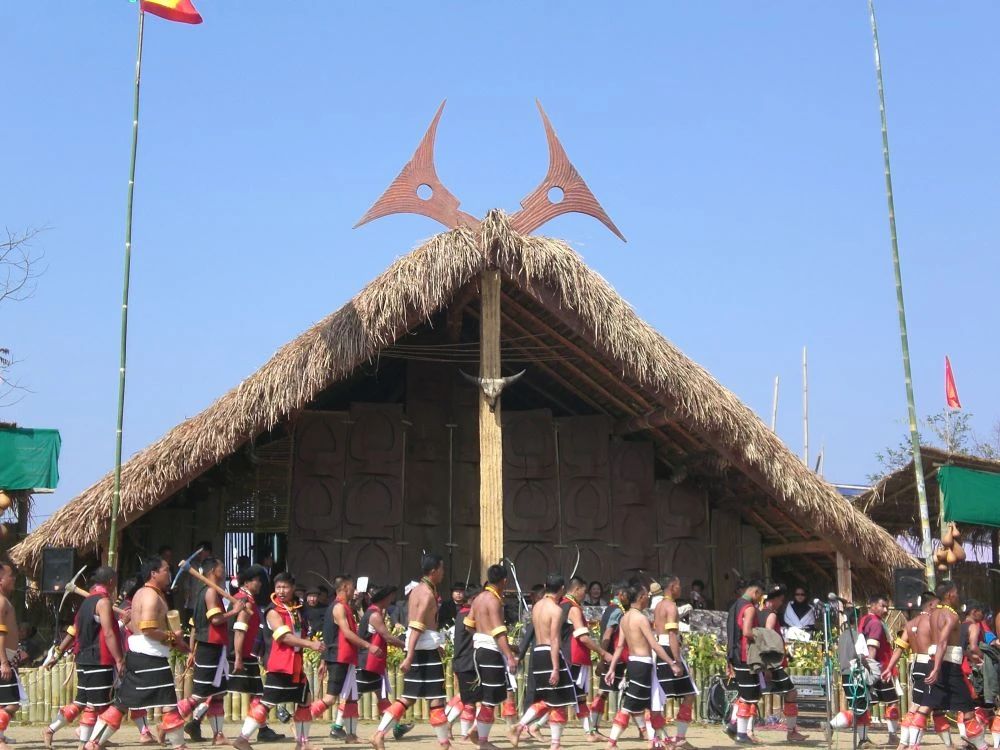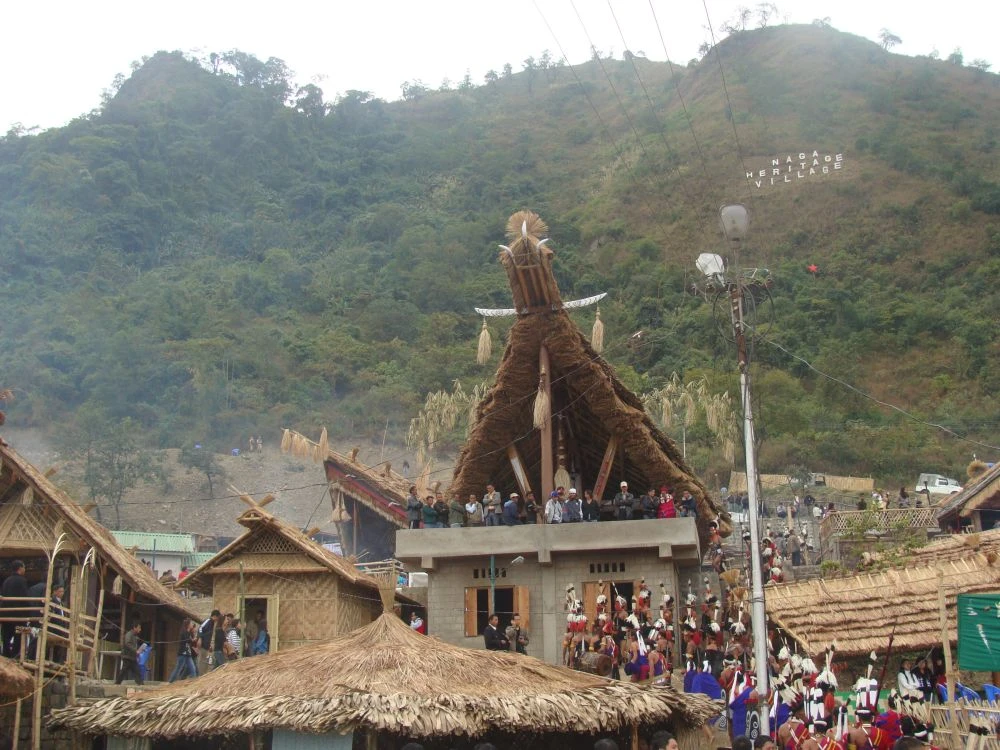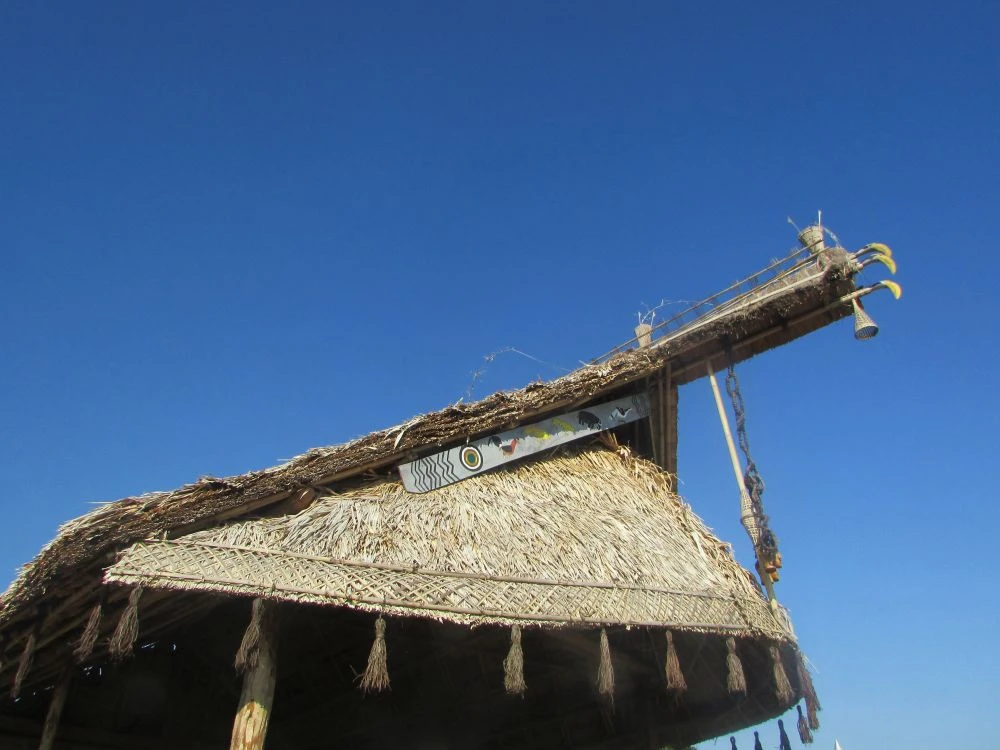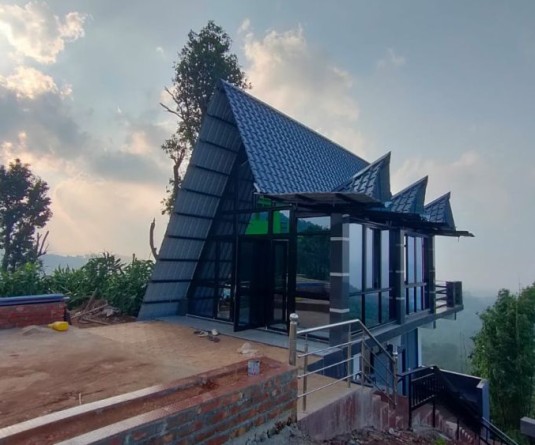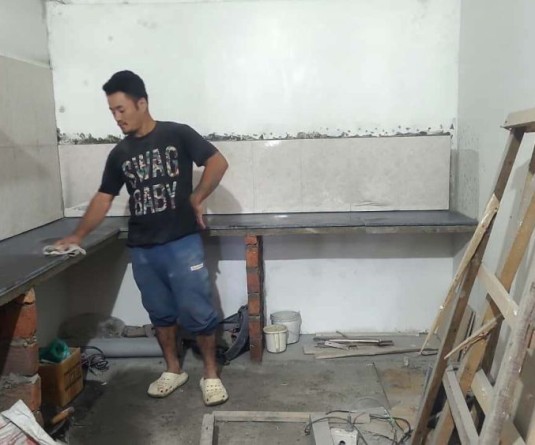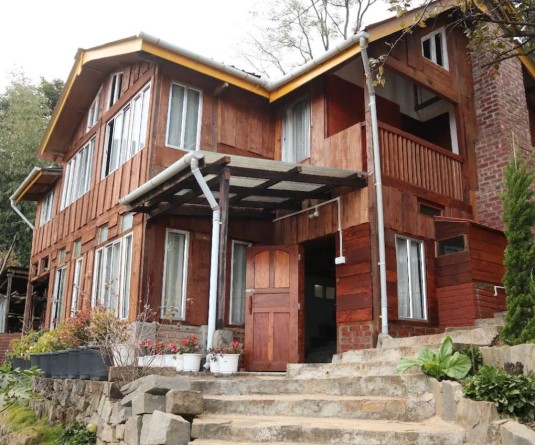Naga traditional thatched house has transitioned into a symbol of cultural pride and identity.
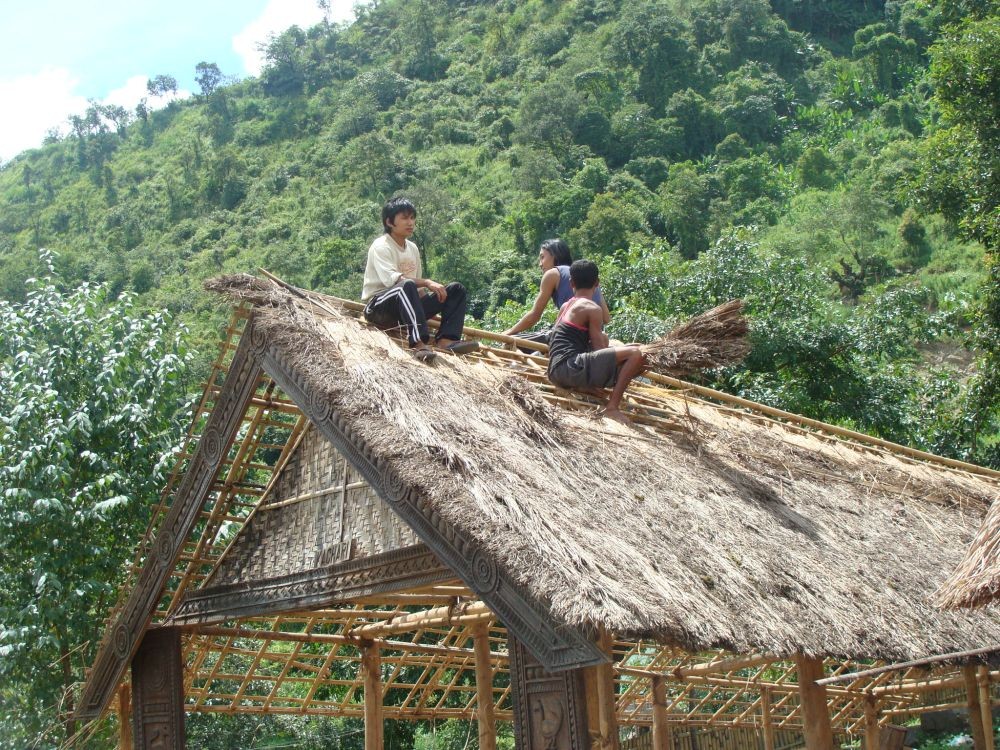
Chizokho Vero
Kohima | November 14
The Naga traditional thatched house, once a common dwelling, has today transitioned into a powerful symbol of cultural pride and identity, finding new life in public spaces and celebrations across Nagaland.
While its use for everyday habitation has dwindled, the architectural form continues to stand as a testament to the rich cultural heritage of the Naga people.
A prime example is the Naga Heritage Village in Kisama, the main venue for the annual Hornbill Festival. The site features elaborate tribal Morungs constructed in the traditional thatched style, showcasing the high skill of Naga artisans and creating a uniquely homely environment.
The aesthetic and natural appeal of this architecture has also been embraced by the hospitality industry. Resorts, parks, and wayside restaurants and hotels across the state increasingly incorporate thatched cottages to depict a natural setting and enhance the experience for visitors.
Furthermore, semi-permanent traditional thatched structures remain widely used during tribal festivals, cultural activities, and other important occasions in villages and towns, ensuring the preservation and continued relevance of this iconic architectural style.
In the past, construction of the traditional thatched house was done purely on community participatory oriented, according to Vepasa Venuh, a 73-year-old resident of Phek village.
In an interview with The Morung Express, Venuh stated that the villagers are inherently courteous and supportive, ensuring that no one bears the financial burden of labour wages.
He explained that the community not only provides free physical labour but also demonstrates generosity by contributing essential construction materials such as bamboo and timber.
In the context of Phek district, Venuh said the construction of these houses typically takes place during the month of January, ahead of the Chakhesang Naga community’s premier festival, Sükrünye.
Prior to the start of construction of a traditional Naga house, tasks were systematically distributed among community workers, recalled the elder. According to Venuh, the process began with workers being entrusted to gather essential materials like bamboo, timber, cane, and binding rope from the jungles.
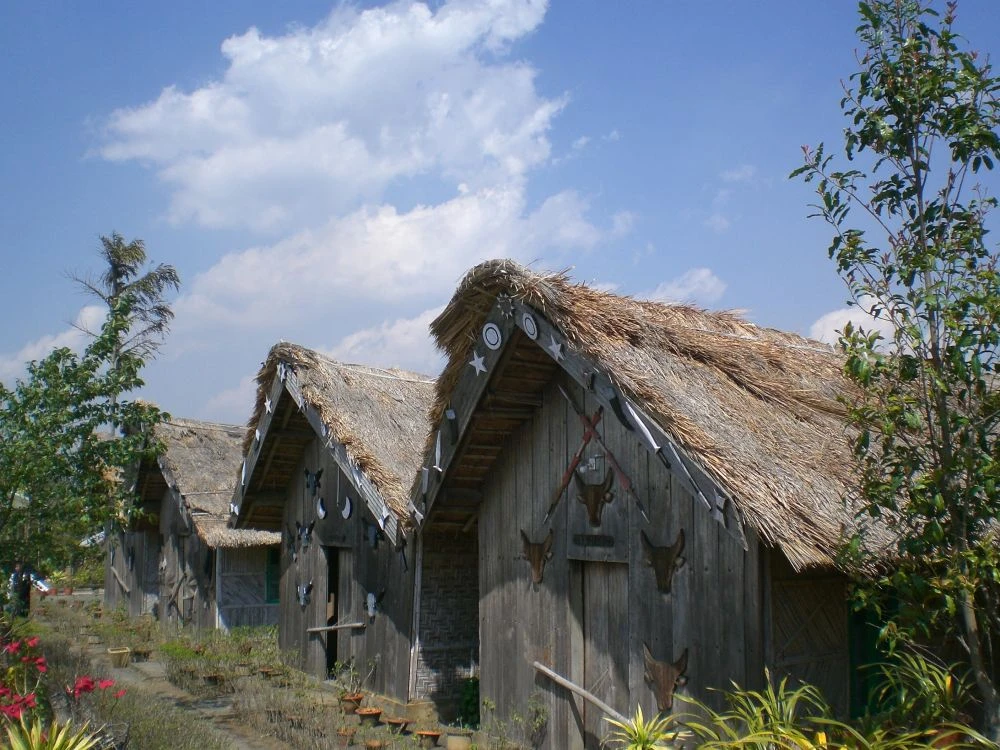
In the absence of vehicular transport, score of people use to carry bundles of straws by walking long distance.
To maintain morale and synchronise their efforts during this communal work, and ‘in excitement for engaging themselves in community work they would chant “Hoi Ho Hoi Ho” in unison, he remembered.
The community spirit was further highlighted in the manner of compensation. “Some house owners use to offer a token in the form of a Matchbox to those who fetches straws. That point of time, a matchbox cost 5 Paisa.”
The provision of working lunches also reflected social structures. While lesser privileged households offered nutritious food accompanied by local rice beer, richer families would provide pork, known as “Tapho” (mouthful), along with the customary rice beer.
The entire construction process, deeply rooted in community participation, involved nine to ten days.
Before occupying the newly constructed house, the owner performed certain act of rite “Nanyi’ and offered prayers. The ceremony involved offerings and prayers seeking divine blessings for a healthy life, free from any ailment and protection from fire outbreaks.
As a community-wide precaution against fires, the villagers adhere to the practice of “Tsorhu” or surrounding clearing. This preventive measure involves the systematic gathering and burning of dried weeds. The same practice is normally done in February.
Further elaborating on local traditions, the house owner rears a house bird called “Hiita” in the front side of the house, the elder said. “The bird was regarded as a guardian of the home, and consumption of the “Hiita” is considered taboo.”
He noted that while people no longer rear the bird. “But we can still spot it flying around,” he added.
Traditional thatched houses, when constructed with thick straw, can remain stable for up to 30 years, according to Venuh. Highlighting their benefits, he said thatched houses are eco-friendly and provide comfortable living conditions in both winter and summer.
He also pointed out the tranquillity they offer, noting, “During the rainy season, tin-roofed house produced noisy sound but thatched house always represents calmness.”
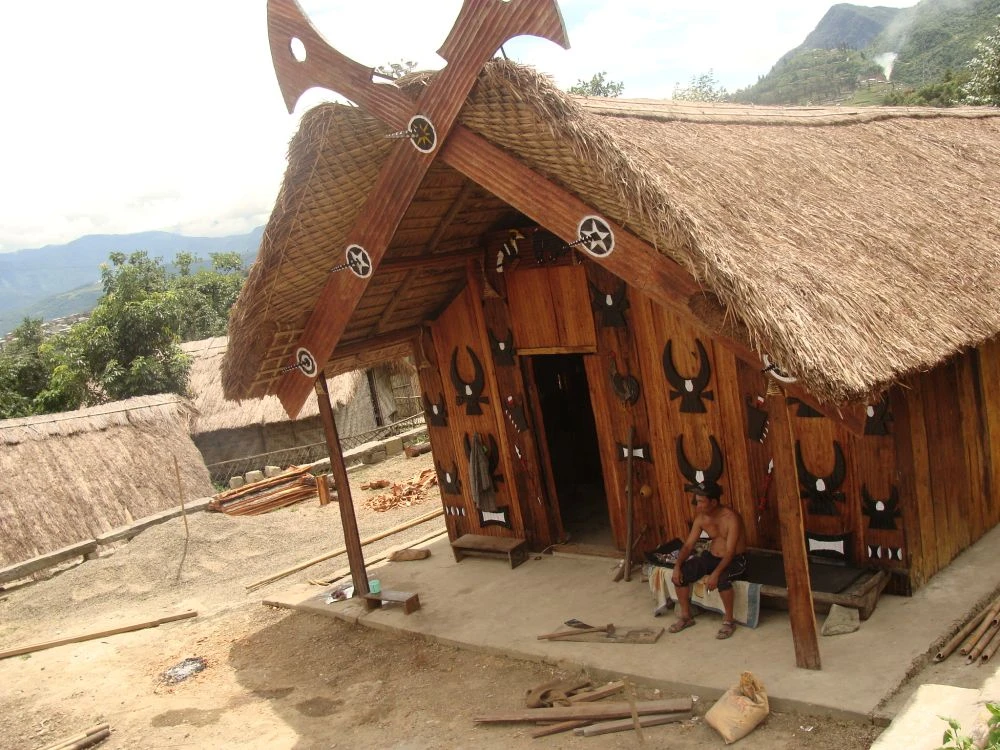
Commenting on the strong community bonds of the past, Thüputhiyi Venuh recalled when “unfortunate broke down of any house, the villagers use to contribute materials and labour at free of cost and rebuilt the same.”
“This was the beauty of the good social behaviour in our forefathers,” Thüputhiyi said.
Illustrating this community spirit, he shared an anecdote from about 30 years ago: “I remember one fire incident in the neighbouring village of Losami. We transported “Shiira” (straws) by a 12 km walk as there were no vehicles available at that time.”
On the traditional practice of installing “Ceka” (House Horn), Yeveyi Sapu, a retired government officer from Phuhgi village, said the honour is reserved only for those who host the “Feast of Merit.”
He further elaborated that those who host the feast twice are permitted to install the “Ceka” on both the front and back sides of their house.
(This is the fourth and last of the four-part series highlighting the experiences and challenges faced by the construction industry in Nagaland as part of the KPC-NBOCWWB Media Fellowship 2025).
